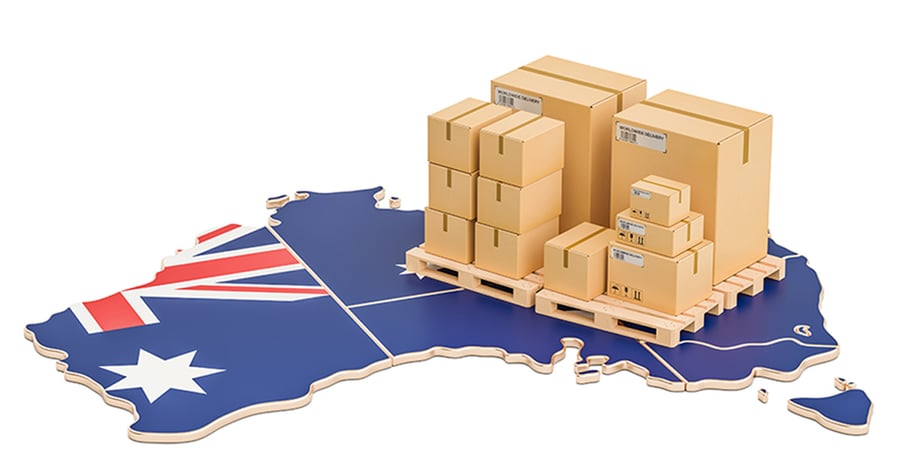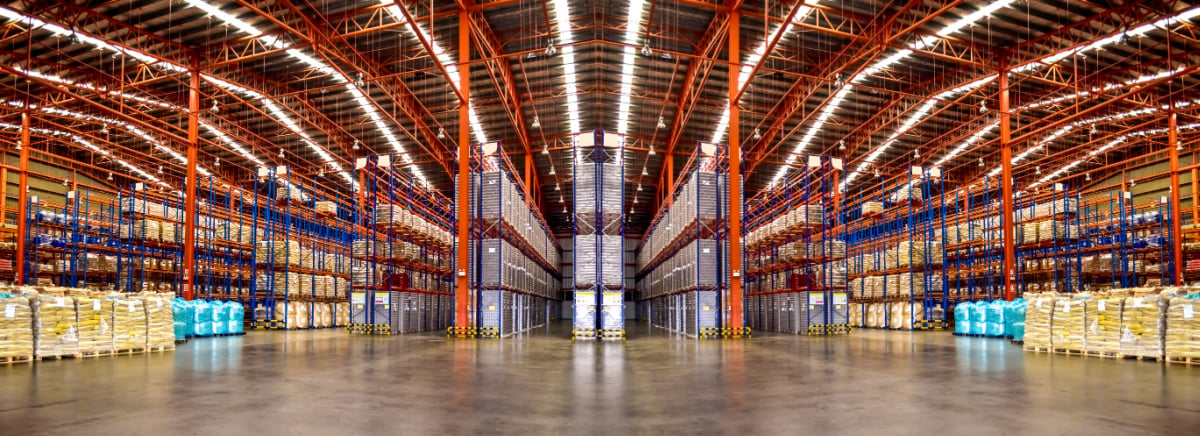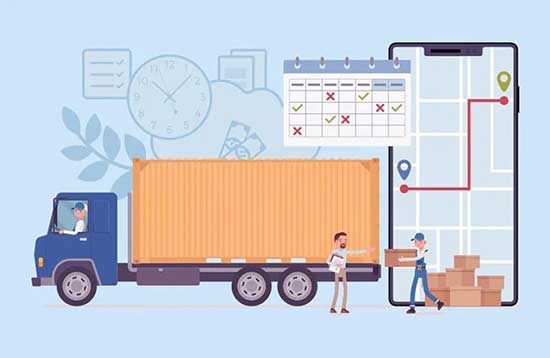

Australia's warehousing space within third-party logistics (3PL) is transforming significantly. As the industry demands evolve and businesses strive to optimize their supply chains, 3PL players are opening new warehouse facilities nationwide. In this blog, we will delve deeper into the insights surrounding the latest warehouse facilities opened by 3PL players in Australia and explore the driving forces behind this transformative change. Additionally, we will highlight how the modernization of warehouses through implementing WMS can help 3PLs achieve exponential growth.
Australia has the lowest industrial and logistics vacancy rate among developed nations. A recent report by CBRE found that the country needs to add an additional 1.8 million square meters of logistics space over the next five years to meet the growing demand from online retailers. Source
Recent news articles shed light on the changing landscape of 3PL warehousing in Australia
Toll Group's Expansion Initiatives: Toll Group, a prominent player in the 3PL space, has made substantial investments in expanding its warehousing capabilities. It opened a new 53,000-square-meter warehousing facility in Sydney's Moore Bank Logistics Park. This facility incorporates advanced technologies and automation to support seamless inventory management and efficient order fulfillment processes. Source
DHL Supply Chain's New Facility: DHL Supply Chain has also responded to the growing demand by opening a new facility in Sydney. This facility, spanning 16,000 square meters, is located near the airport and major transport routes. It incorporates smart warehousing solutions, including robotics and automation, to optimize operations and enhance productivity. Source
Aramex: Aramex is set to build a new mega-warehouse at Brisbane Airport. The 26,120 square meter facility will be in the Airport Industrial Park and is expected to be completed in Q2 2024. The development of the Aramex warehouse is a sign of the growing importance of Brisbane Airport as a logistics hub. Source

The driving forces behind this shift in the warehousing space are multifaceted
E-commerce Boom: The exponential growth of e-commerce in Australia has fuelled the demand for efficient warehousing and fulfillment services. With consumers expecting fast and reliable deliveries, 3PL providers are expanding their warehouse capacities to meet the surge in online orders.
Supply Chain Resilience: The disruptions caused by the COVID-19 pandemic highlighted the importance of robust and resilient supply chains. 3PL players are investing in modern warehouse facilities to enhance supply chain agility and minimize potential disruptions in the future.
Technological Advancements: The rise of Industry 4.0 technologies, such as automation, robotics, and data analytics, has revolutionized the warehousing industry. These technologies enable 3PL providers to optimize inventory management, reduce manual errors, and increase operational efficiency.
Implementing a robust WMS can offer several benefits to 3PLs operating in Australia
Enhanced Operational Efficiency: A WMS optimizes warehouse operations by automating tasks, improving inventory accuracy, and optimizing storage space utilization. This results in streamlined workflows, reduced manual errors and increased overall efficiency.
Real-Time Visibility and Tracking: With a WMS, 3PL providers gain real-time visibility into their inventory, allowing them to track and manage stock levels, order status, and fulfillment progress. This level of transparency enables better decision-making, improves customer service, and reduces order fulfillment time.
Improved Order Accuracy: By leveraging advanced picking and packing functionalities provided by a WMS, 3PLs can significantly improve order accuracy. The system guides warehouse personnel through optimized picking routes, reducing errors and ensuring that the right products are shipped to customers.
Scalability and Flexibility: A modern WMS is designed to handle growing volumes of inventory and accommodate changes in business needs. As 3PLs expand their operations and onboard new clients, a scalable WMS enables them to seamlessly adapt and meet increasing demands.
Integration Capabilities: A warehouse management system (WMS) can be integrated with other critical business systems, such as enterprise resource planning (ERP) software, transportation management systems (TMS), and customer relationship management (CRM) apps. This integration streamlines data exchange, enhances operational visibility, and supports end-to-end supply chain management.
With online demand running in an elevated phase, the need for more warehousing space and efficient management will help 3PLs increase their bottom-line margins and bring in new business.


